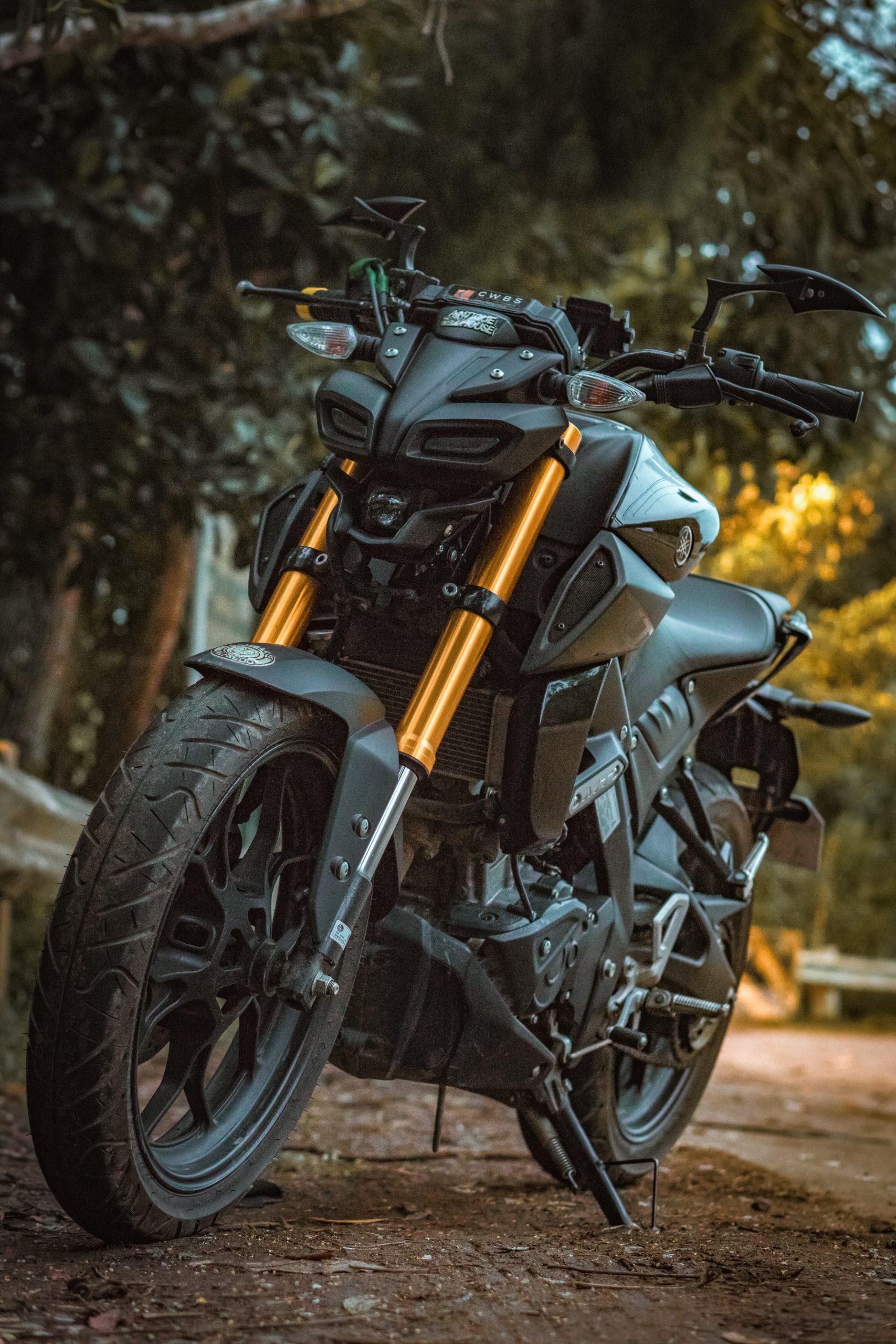- This topic has 1 reply, 1 voice, and was last updated 16 years, 4 months ago by
Fate.
Leaving an Appropriate Stopping Distance
-
AuthorPosts
-
November 23, 2007 at 12:11 am #1180
Anonymous
GuestSomething that’s very common amongst motorcyclists (and car drivers) that I see on my daily (mostly freeway) commute in the S.F. Bay Area, is not leaving an appropriate stopping distance between yourself and the vehicle in front.
On dry roads in good visibility conditions, you need to be *at least* two seconds behind the vehicle in front of you. You can easily measure this by watching the vehicle in front pass a fixed object (e.g. a lamp-post). When you see it pass that object, count “one kangaroo, two kangaroo” slowly to yourself. That should take you approximately two seconds to say (in your head or aloud). If you’ve passed that same fixed object before you’ve finished saying it, then you’re too close to the vehicle in front of you to be able to stop if they slam on the anchors.
On wet roads, you should leave at least a four second gap (counting up to four Kangaroos or whatever long word you want to use instead).
The beauty of using the elapsed time method rather than trying to estimate distances is that it automatically adjusts for speed, so you can “calculate” the appropriate stopping distance regardless of what speed you’re going at.
Anchor slam-ons are usually exacerbated by the domino effect which means that the split-second it takes each driver to realize that the vehicle in front of him has slammed on the anchors, means that the driver behind has less stopping distance than the guy in front (assuming they started with the same amount of stopping distance between them), so has to brake harder than the guy in front of him. The driver behind the second driver also takes a split second to realize that the driver in front of *him* has slammed on the anchors, so has to brake even harder, and on and on so that the guy at the back of the line (if it gets that far) has virtually NO stopping distance. This gets even worse if you are behind a truck and can’t see that everyone up ahead is braking (lesson: don’t ride behind trucks).
If you haven’t been on an MSF course, you should.
December 17, 2007 at 6:06 am #4837Fate
ParticipantYou should give yourself that distance but that you shouldn’t count on it? That on a motorcycle you are better off to accelerate slightly and move around if possible than to risk locking your tires and wrecking? It would be nice to own a nice BMW with antilock brakes if it worked as well on a motorcycle as on a car and they weren’t so expensive.
-
AuthorPosts
- You must be logged in to reply to this topic.

